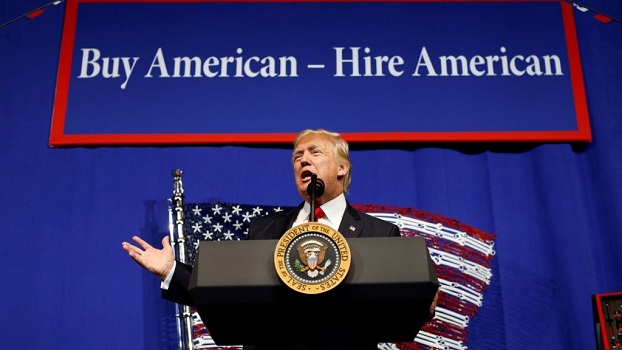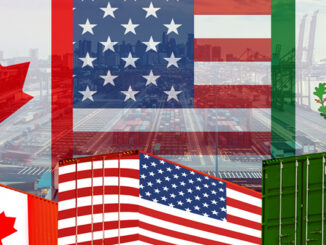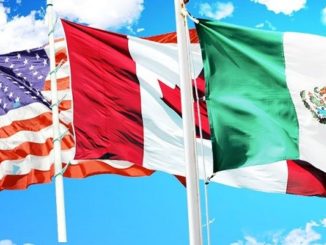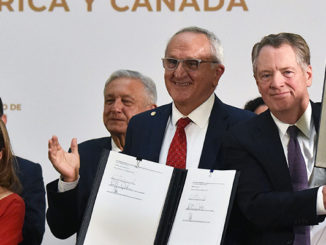
“Protection will lead to great prosperity and strength.”
by Matthew Rooney
In light of these words from President Trump’s inaugural address, his decision to levy tariffs on imports of steel and aluminum is not surprising. Those words also foreshadow his Administration’s withdrawal from the Trans-Pacific Partnership soon after he took office. And they provide a key to his Administration’s stated objectives in renegotiating NAFTA and the U.S.-Korea Free Trade Agreement.
It may not have been clear to all of the many millions of people in attendance that day just how important those words were. With those words, the President announced a fundamental change to an American approach to trade that has guided our nation’s policy for almost a century – a century in which, not coincidentally, the United States became the wealthiest and most powerful nation on earth. In the NAFTA negotiations and, now, with the steel and aluminum tariffs, we see those words being put into action. For the first time since 1945, America is seeking less consumer choice, more government interference in the market, less latitude for entrepreneurs to figure out how best to meet consumer wishes, more discretionary power for bureaucrats – and higher taxes.
It would be hard to exaggerate the importance of this shift in policy, but let me try: this “protection” approach to trade is not a new idea. On the contrary, almost literally every country on earth has fallen for its superficial appeal at some time in history, including the United States in the century before 1945. Never – not one time – has protection ever led to great prosperity and strength, at least not after the first year or two. On the contrary, history shows that protection leads to rising poverty and weakness, and that weakness invites conflict.
Why is this true? Because the “protection” agenda raises the cost of manufacturing, and every Econ 101 student knows that when you raise the cost of something, you get less of it. The immediate reaction of the stock exchanges to the President’s intention to levy tariffs suggests that the smart money knows that higher taxes mean higher costs, which means lower sales, which means companies are worth less today than they were yesterday. And this is before we know how our trading partners decide to respond to the President’s decision; if, as seems likely, they retaliate by raising tariffs on our exports, the cycle of rising costs and failing sales will only spin faster.
There is no doubt that we have a problem in this country with labor-intensive manufacturing, and that China’s use of a neo-mercantilist policy to become a manufacturing powerhouse has been disruptive. We should not hesitate to use all the tools and levers at our disposal to fight back when protectionism, subsidies and other forms of government caprice in other countries harm our interests. But if our goal is to revive American manufacturing, raising the cost of manufacturing in the United States is a curious way to go about it.



